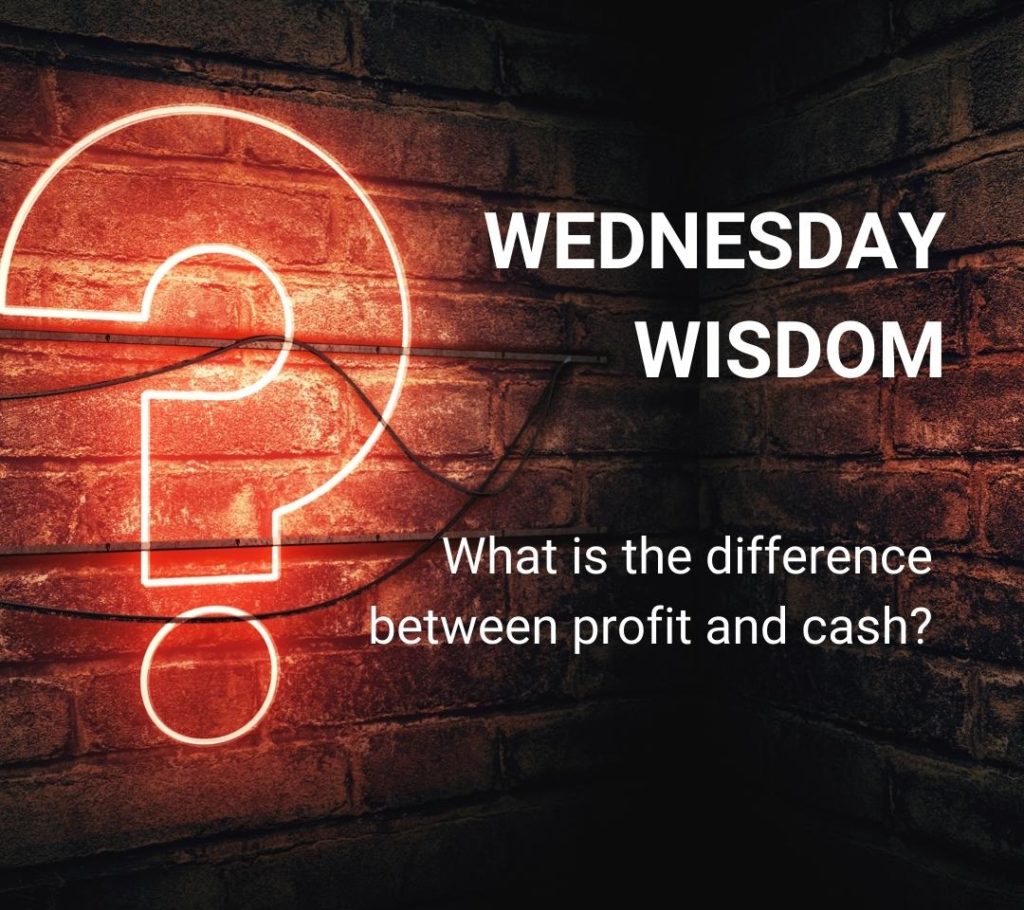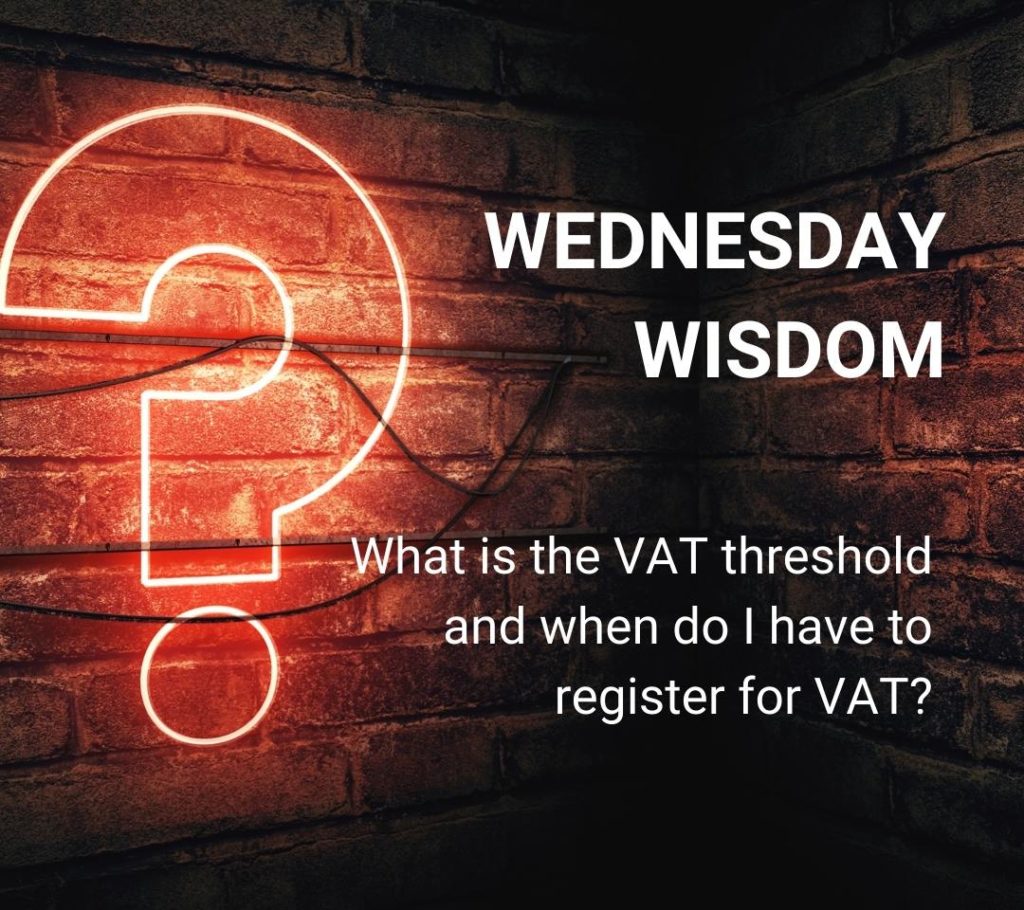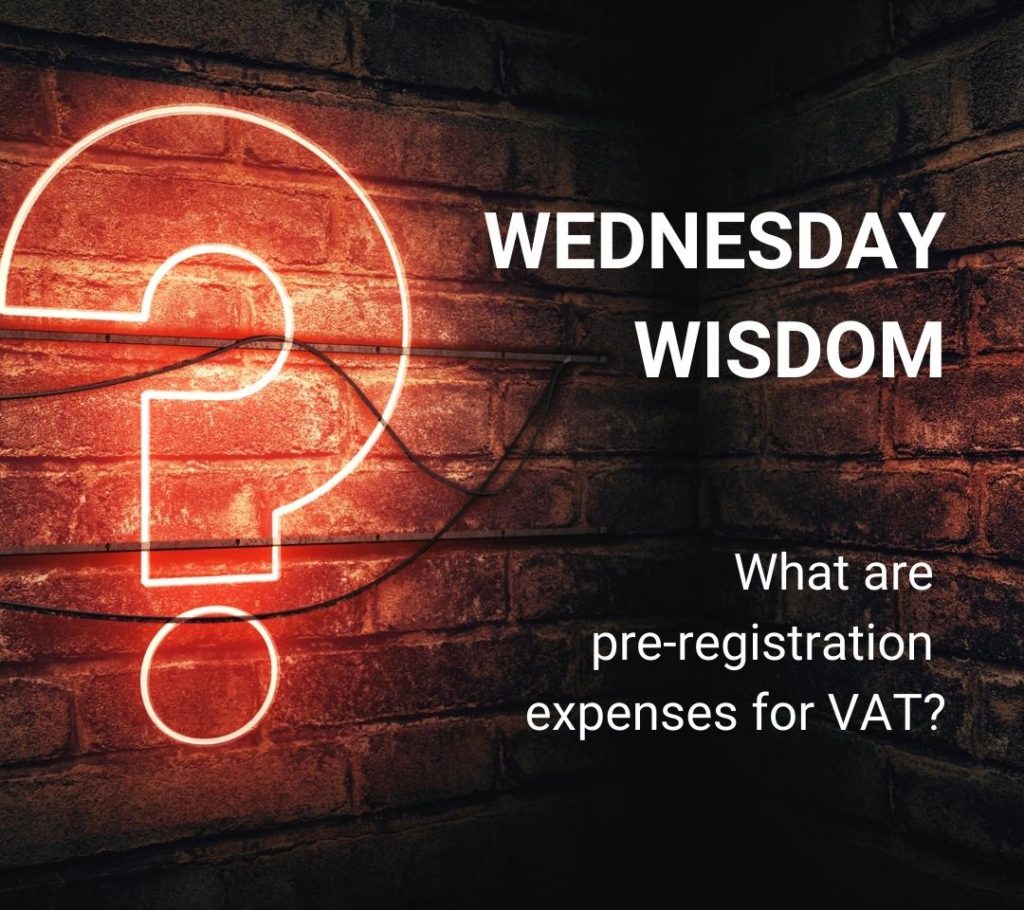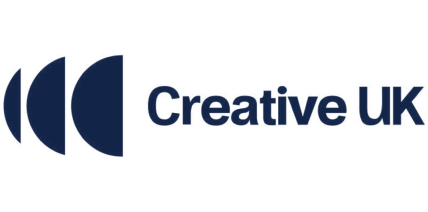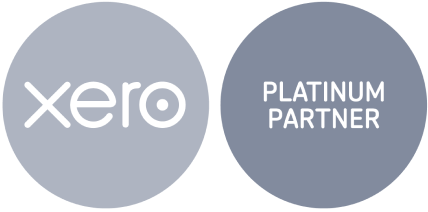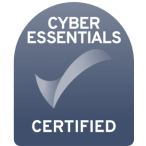What is the difference between profit and cash?
For many people, when they initially start up a company, they are focused on cash and rightly so. As the saying goes, cash is fact and profit is opinion! It is critical to monitor the facts. Concentrating on cash will help you understand what is coming in and out of your bank account. A good cash forecast can foresee dips in the cash balance which can buy you time to plan some mitigation.
Whilst focusing on cash, however, it does not necessarily mean that you understand how profitable you are, as both cash and profit are important.
Cash is fact, profit is opinion.
Profit looks holistically at the financial performance of your business, regardless of the timing of cash transactions. It is recorded in a “Profit and Loss” account (P&L) using the balance sheet to hold the adjustments between profit and cash. Because profit is a considered look at your finances, rather than just cold hard cash, it is often required by banks or investors etc should you be looking to raise finance.
Examples of differences between cash and profit:
Upfront Cash Payment
- You might receive an upfront cash payment from a sale that you haven’t started to work on. If you look at cash only, you would think you had a healthy bank balance. However, that cash needs to see you through the duration of the project. So, to turn it into profit you would “defer” some of this cash by moving it into the balance sheet and only bringing it back into the profit and loss account as the costs on the project are incurred.
Investment in your business
- This is also treated differently between profit and cash. For example. if you bought a van for £25k, in cash terms the cost of the van would deplete your cash balance however, in profit terms, you would not record £25k against your profit in year. Instead, you would move the £25k into the balance sheet as an asset and bring the cost back into the Profit & Loss via a “depreciation charge” which would divide the cost of the van over its expected life. So, if the van was going to last 5 years, there would be a £5k charge against profit each year for 5 years.
Owed money from a Customer
- In this instance again your cash would be lower by the amount owed from your customer. However, in order to understand your profitability, you would record this income as if you had received the cash (assuming you were sure you would eventually receive payment) again using the Balance Sheet to hold the “income accrual”.
Vat Payments
- A cash plan should always factor in VAT payments. Profit however never includes VAT amounts. The amounts you owe to HMRC are offset by the VAT you have paid out within the Balance Sheet. So, although this can often be a significant cash transaction it never impacts profit.
Hopefully, the examples above help to demonstrate that the key difference between cash and profit is timing. The Profit and Loss account is trying to eliminate the impact of the timing of cash payments in order to understand profitability. The above examples are by no means a complete list, if you want to understand more do not hesitate to contact us.
You can also check out our other wisdom posts relating to this topic such as “What is the difference between net profit and taxable profit“, or “Profit Extraction“.
